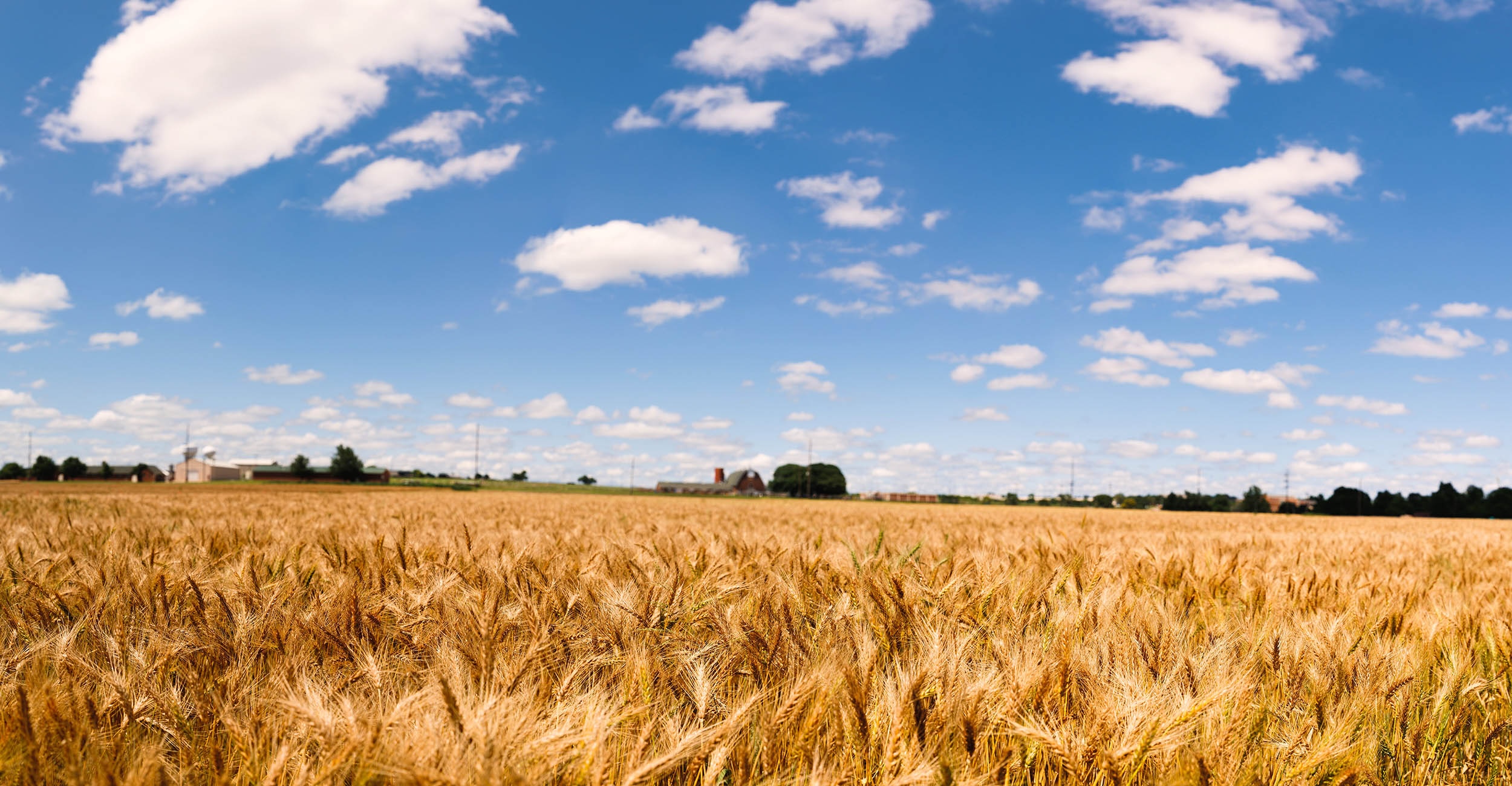
OSU collaborates with national group to increase fiber in wheat
Friday, October 31, 2025
Media Contact: Alisa Gore | Office of Communications & Marketing, OSU Agriculture | 405-744-7115 | alisa.gore@okstate.edu
Protein, carbohydrates and fat are fundamental nutrients for the human body, and fiber is the most important carbohydrate in the human diet.
Fiber skips the lengthy digestion process and goes straight to the colon — it helps manage blood sugar and sustain a healthy gut – but only 5% of Americans get the recommended 25 grams of fiber per day, with the average person consuming only about 16 grams per day.
The Oklahoma State University Wheat Improvement Team is working to do something about that. Thirty percent of the fiber Americans consume comes from wheat.
“There’s a lot of room for improvement in our dietary habits, but I think we can also do some things in science to make that a more realistic goal,” said Brett Carver, OSU wheat genetics chair. “Like everyone else, I love doughnuts, but there are times I wish a doughnut had a little more fiber in it. We are trying to do something about that.”
The Wheat Improvement Team is not working alone. In addition to their independent efforts, they are also working with a variety of plant breeders and geneticists from across the nation through the Coalition for Grain Fiber.
“We are coming together to solve grain fiber problems,” Carver said. “We all have our different areas of expertise, but we have one thing in common, and that is a desire to improve wheat for the betterment of our farmers, for our industry, millers and bakers and our consumers.”
The coalition’s focus is on increasing arabinoxylans by conducting research with two wheat varieties from the United Kingdom and China. The two varieties are high in arabinoxylans, which are natural dietary fibers found in cereal grains – wheat, corn, rye and barley — and play a key role in human gut health.
“We have many questions about how high-fiber wheat will perform in different environments and how it will mill and bake,” said Katherine Frels, an assistant professor and small grains breeder at the University of Nebraska-Lincoln and co-leader of the coalition. “A large part of the coalition’s work depends on wheat breeders like Dr. Carver integrating the high-fiber trait into top breeding lines. We can work together to develop new breeding lines while also looking for fiber variation in hard red winter wheat.”
“We can potentially increase daily fiber intake from wheat by 1 to 3 grams,” Carver said. “That would be an incremental step. We combine that with other solutions, like resistance starch, and we could get daily consumption of up to 20 grams. We don’t have to rely on wheat entirely, but wheat should do its job.”
There are four primary sources of fiber in a wheat kernel:
- Lignin, commonly found in wheat bran
- Polysaccharides, including arabinoxylans
- Long polymers of fructose called fructans
- Amylose, which can form resistant starch
The coalition has targeted the arabinoxylan fraction as its primary initial focus, but Carver and the Wheat Improvement Team are also targeting resistant starch.
“Right now, we’re focusing on molecular markers linked to starch composition. I’ve been selecting for certain genes that produce a naturally higher-level amylose and trying to put those into new germplasm that could be released to farmers,” Carver said. “At this point, we have some germplasm that has a potential fiber benefit, but the molecular markers are not going to tell me which genetic strains are best. We are going to have to partition and measure that starch directly, but we don’t currently have that ability on the OSU campus.”
The planned OSU Agronomy Discovery Center will be an asset to OSU wheat research. The facility will include a laboratory and greenhouse complex with a headhouse, 12 research greenhouses and a multipurpose Research and Education Center. OSU Agriculture is currently advocating for funds to build the facility.
“We are breeding wheat for farmers to make a living and to put enough food on our tables, but anytime we can take that extra step to improve the quality of what we eat, I think we should do that,” Carver said. “It’s going to take a concerted effort to make this happen. That’s why the coalition was formed.”
